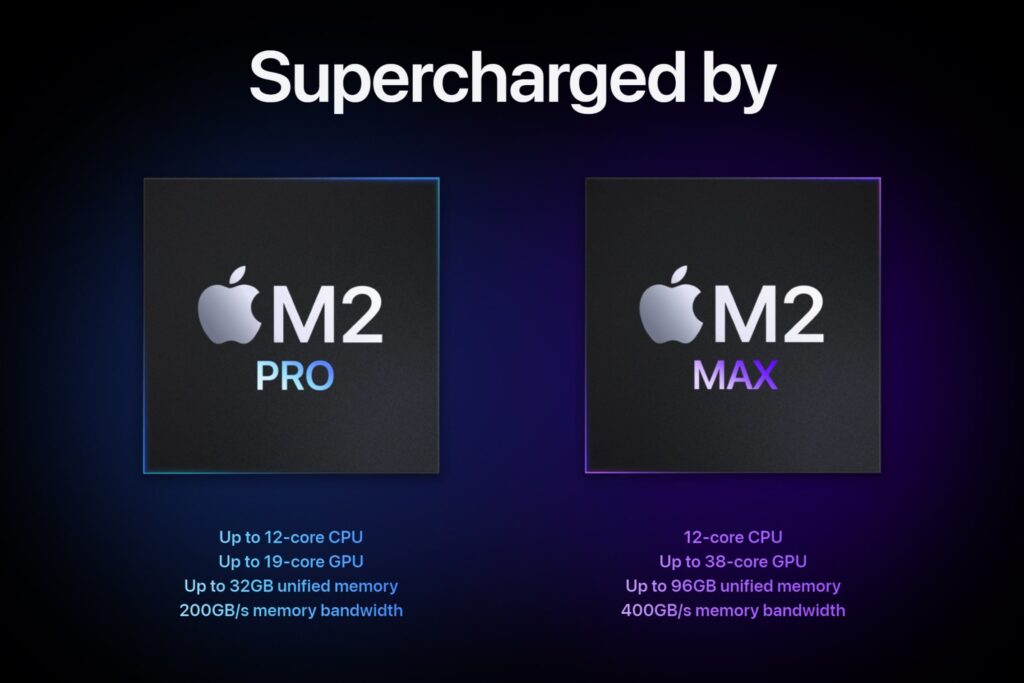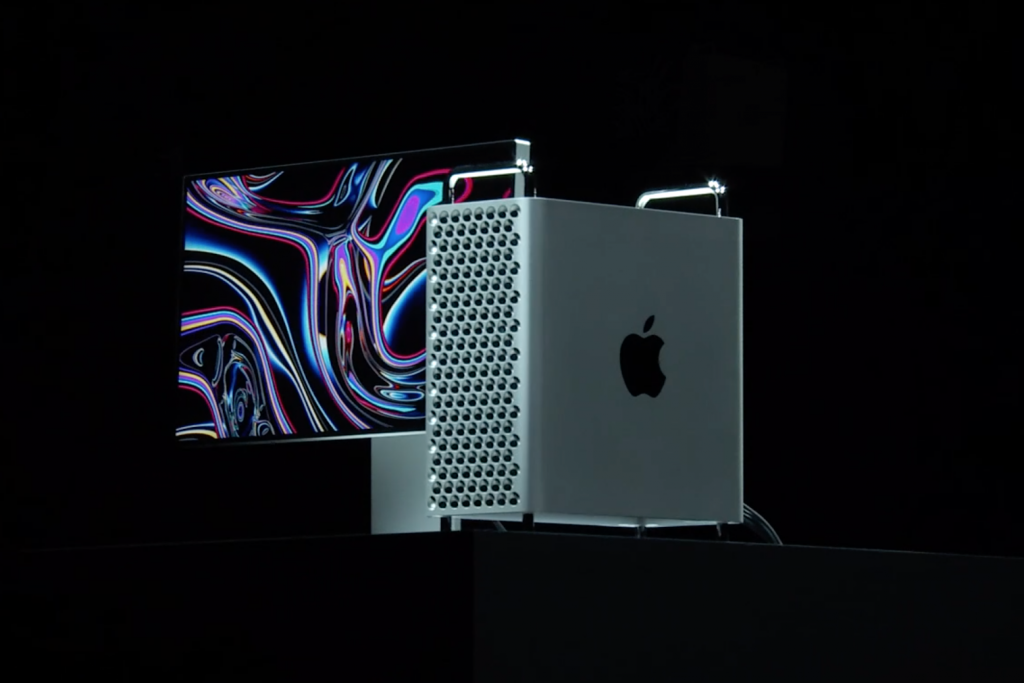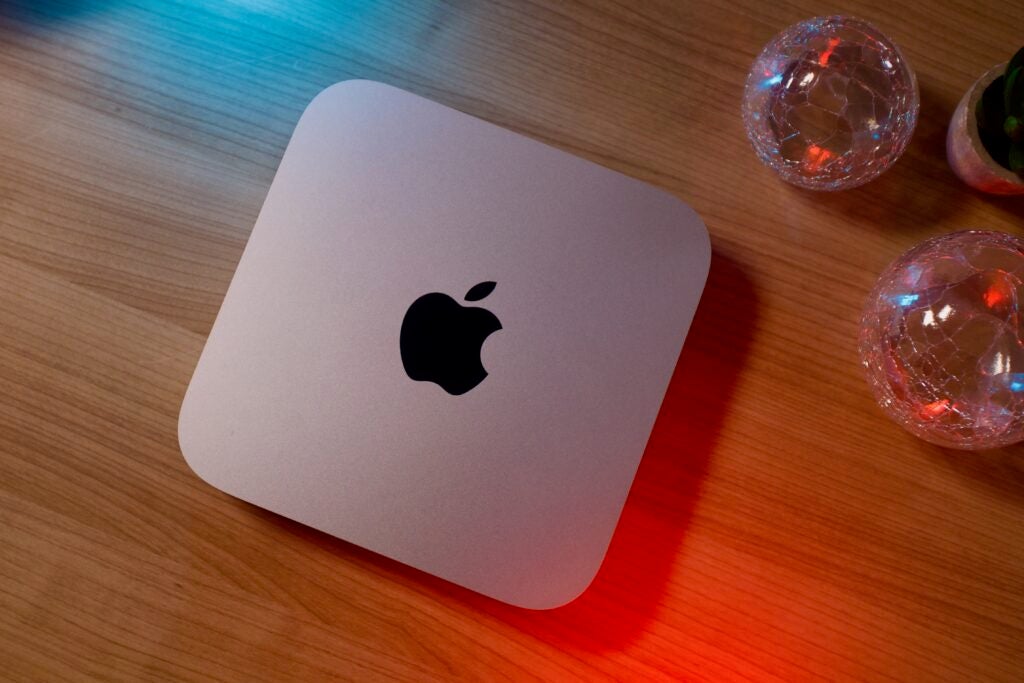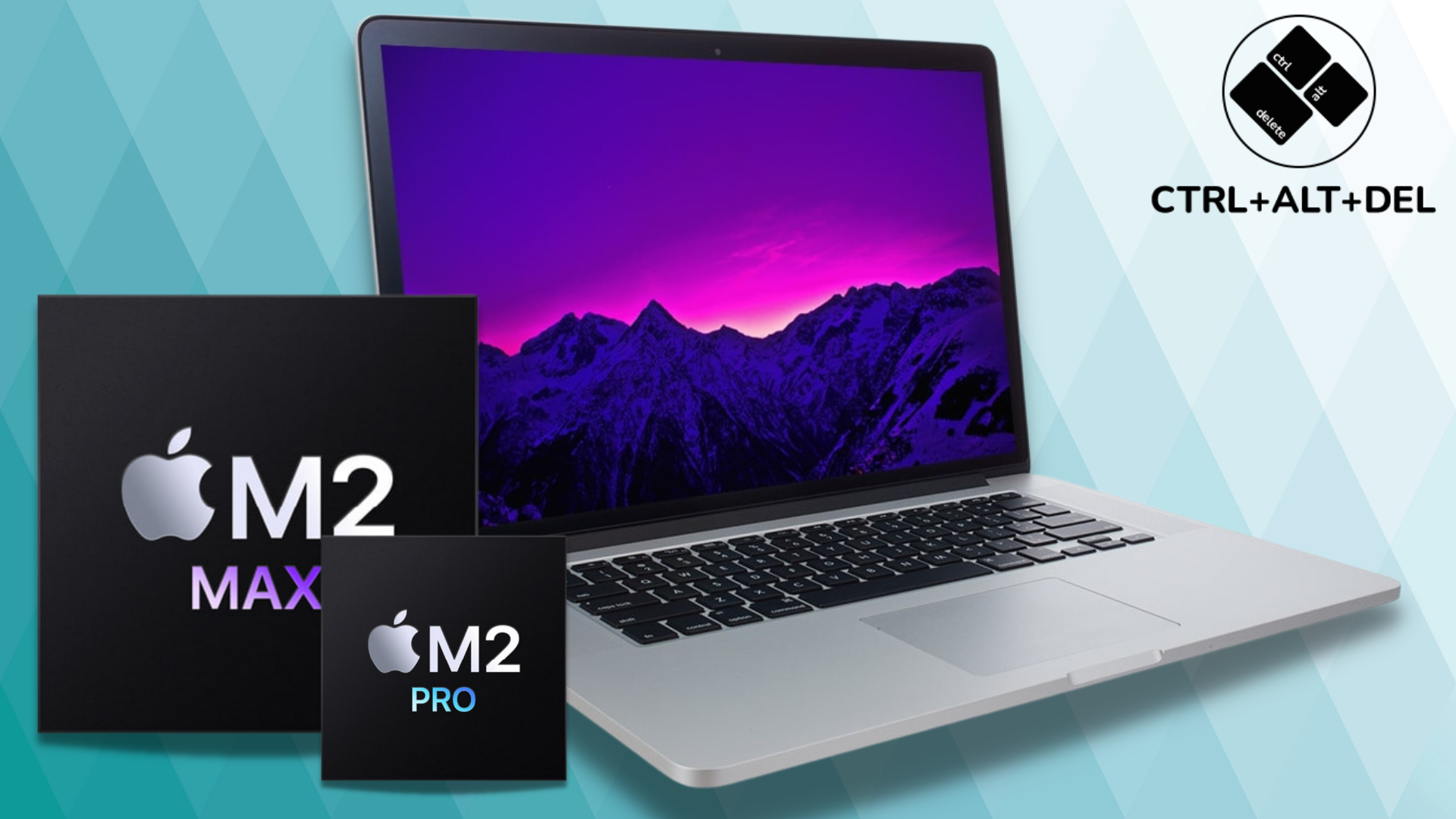OPINION: Switching Macs over to Apple Silicon has got to be Apple’s finest move in the last 10 years.
Not only did it give Apple greater control over its production line, but also enabled Apple to offer even better performance (and battery efficiency) than its Windows-powered rivals.
But while I’m a big fan of Apple’s M chips, I do think their staggered launches are starting to become very messy and ultimately confusing for the average shopper. Apple may be leapfrogging other chip makers such as AMD and Intel in some regards, but the Mac maker still has a lot to learn.
My biggest issue is the timeframe of the chip releases. Logically, Apple should start with the M1 chip, release all of its more powerful variants (such as M1 Pro, M1 Max, M1 Ultra etc) and once completed, move onto the second generation starting with the M2. Rinse and repeat.

That’s the exact strategy that AMD and Intel have adopted, with the two chip makers rarely launching a new processor that uses architecture from the preceding generation – and when they do, it’s usually with an exciting new innovation such as AMD’s 3D V-Cache technology.
And yet bizarrely, Apple hasn’t always stuck to that simple rule. In fact, it’s repeatedly skipped entire product lines when moving between processor generations.
The most obvious example is the Mac Pro, which is still using Intel processors, despite Apple initially claiming it would complete the transition over to Apple Silicon by the end of 2022. The good news is that renowned Apple analyst, Mark Gurman, claims (via Bloomsberg) that the Mac Pro will be upgraded to an M2 Ultra chip in the coming months to rectify that issue.

So maybe that was just one hiccup from Apple, with the redesigned Mac Pro taking longer than initially expected? But Gurman also suggests that Apple is already ready to move onto the M3 chip, with the next-generation processor potentially launching inside a new iMac and MacBook Air as soon as WWDC in June 2023.
While it’s exciting to see Apple moving at such a rapid pace for its processor launches, it’s also confusing to see so many Macs still stuck on M1 chips despite the possible impending jump to M3.
From a quick look on the Apple store, I can see that both the iMac and Mac Studio are still stuck on the first generation of Apple Silicon processors. That means three out of six of Apple’s main Mac verticals (which includes the MacBook Air, MacBook Pro, iMac, Mac Mini, Mac Studio and Mac Pro) are yet to be upgraded with the current generation of M chips.
It’s also important to consider the Mac Mini was only upgraded to the M2 generation last month – if it’s true that Apple is moving over to M3 in a matter of months, the dinky desktop PC is going to feel outdated very quickly, with another processor refresh likely a long time away.

Does all of this actually matter? As long as you read the spec sheet, Apple makes it very clear which processor is powering each device. But I still think if a person walks into an Apple store, ready to purchase a new Mac, they should expect the latest iMac to offer the same level of performance as the new Mac Mini, but that isn’t the case – the same applies when comparing the Mac Studio to the MacBook Pro.
I also think Apple has fumbled when it comes to the naming of the chips, which is an area in which the company usually excels in. If you had no prior knowledge of the Apple Silicon processor range, would you be able to determine, just by looking at the names, which processor offers faster speeds when comparing the M1 Ultra and M1 Max? I wouldn’t be able to.
So how does Apple go about addressing these issues? I think it could do a little better job with the timing of each launch. In an ideal world, the MacBook Air refreshes should launch alongside the Mac Mini and the iMac, while the MacBook Pro and Mac Studio should be aiming for the same launch window too.
Aligning the production times of all of these products is no easy task though, especially if Apple wants to give a product a design refresh as well as a processor upgrade.
Nevertheless, something needs to be done sooner rather than later. As if Apple continues on the same trajectory, the abundance of chips on the market is only going to make it more confusing for customers when purchasing a new Mac.
Ctrl+Alt+Delete is our weekly computing-focussed opinion column where we delve deeper into the world of computers, laptops, components, peripherals and more. Find it on Trusted Reviews every Saturday afternoon.
Source link












Leave a Reply